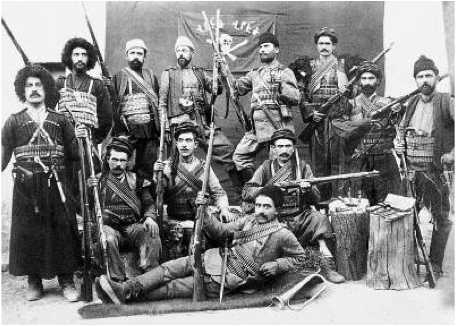Multimillion-dollar project hailed as online ‘intellectual cathedral’ to carry thousands of cultural treasures
It is not every library that displays ancient Chinese manuscripts alongside postcards of Sarah Bernhardt, crumbling Iraqi newspapers near maps of the New World, and Rabelais originals next to the voice recording of a 101-year-old former slave named Fountain Hughes.
But then the World Digital Library (WDL) is not every library. Hailed as an online “intellectual cathedral”, it is an unprecedented coming together of some of the world’s finest treasures.
When it is launched at Unesco’s headquarters in Paris this month, the website will be a digital looking-glass through which internet users can view and study tens of thousands of cultural gems from countries as diverse as Sweden, Saudi Arabia and South Africa.
Four years after Washington’s Librarian of Congress, Dr James Billington, suggested the idea, curators have accomplished the first stage in the construction of a truly global library. With all material free of charge on a website translated into seven different languages, the WDL is expected to be an unrivalled educational tool.
“We hope that this brings cultures together, that it promotes better understanding between those cultures and that it provides educational uses for a world in which reading and scholarship have to face competition from 24/7 media,” said John Van Oudenaren, the director of the project.
In partnership with leading institutions around the world, including the UK’s Wellcome Collection, curators at Unesco and the Library of Congress have attempted to provide as comprehensive a geographic spread as possible – a goal which has obvious limitations given the lack of digitisation in many developing countries, particularly in Africa.
“It is very much an ongoing, long-term process,” said Van Oudenaren. “At the moment we have 32 partners. In principle, we could have hundreds. We’d like to have partner institutions in every country in the world, because only then will we become a genuine world library.”
The Middle East is playing a significant role. The National Library and Archives of Iraq are contributing, among other things, a selection of yellowing newspapers and periodicals from the 19th and 20th centuries written in Arabic, English, Kurdish and Ottoman Turkish. Saudi Arabia’s King Abdullah University and the Qatar Foundation are also taking part, while the Bibliotheca Alexandrina, already a leader in the race to digitise cultural treasures of the Arab world, is providing volumes and plates from the Description of Egypt, a work of scientific observation carried out by French scholars during Napoleon’s military foray into the country in 1798.
Dr Sohair Wastawy, chief librarian at the Bibliotheca Alexandrina, said the WDL could prove to be an effective and original means of cultural rapprochement. “So much of the recent problems between the west and the Islamic and Arab worlds has come from misunderstanding,” she said. “This project will allow us to show where we come from, our culture and our literature. Being able to communicate this will foster greater dialogue and allow us to introduce Arab culture to the rest of the world.”
Van Oudenaren agrees that a key role of the project is to provide a balanced selection which is not biased towards the US or other countries. “It’s nice to be able to show the cultural achievements of non-western cultures,” he said.
For the WDL to fulfil its potential, observers say it must not allow itself to be drowned out amid competition from other online cultural projects. Its aim is to focus on the very best of what each country has to offer. The French national library, for instance, has contributed a choice selection, including an illuminated manuscript by Jean Fouquet, early films by the Lumière brothers and an 1898 recording of the Marseillaise. For its part, London’s Wellcome Collection is to provide an array of anatomical drawings and scientific texts including Francis Crick’s first sketch of the DNA double helix.
To achieve quality rather than quantity, however, funding must be in safe supply. Given that the multimillion-dollar project has so far relied entirely on private donations from companies such as Google and Microsoft, observers say keeping up the cashflow needed could prove problematic. But Van Oudenaren believes the decision to go private was correct. “We didn’t want to burden governments … especially at the moment.”
Culture online
The World Digital Library is the latest project to digitise culture. The EU launched Europeana in November last year, digitising millions of books, artworks, manuscripts, maps, films and audio and video content from national libraries and galleries in Europe. It was so popular on the day it launched that the website crashed and was taken offline, but it is running again. It has artefacts from approximately 1,000 institutions and is expected to showcase 10m items by 2010.
In January the Prado digitised 14 popular paintings and displayed them online at resolutions 1,400 times higher than a normal digital photo. Recently the British Library digitised more than 1,000 pieces of classical music and made them available online.
Lauren Goodchild
guardian.co.uk © Guardian News and Media 2009
Source: u.tv, 09 April 2009

